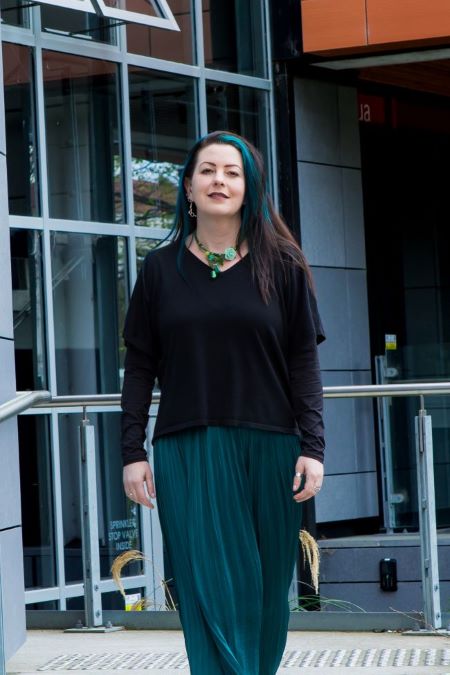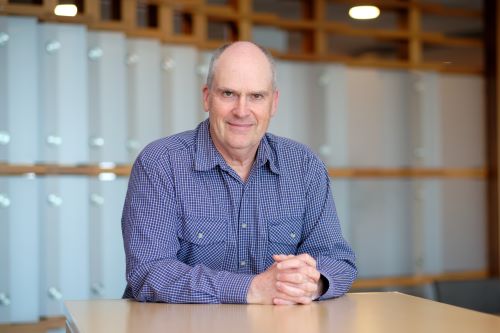As success stories go, Wellington’s is far from over. The city’s record high levels of economic growth notched up two or three years ago for instance, have slowed to an almost imperceptible 0.5 percent. But the transition from grumpy to groovy in almost every aspect of life in the nation’s capital and its surrounding regions is real enough.
We expect leadership in business – though we don’t always get it. But in Wellington’s case, the leadership of some local government politicians and officials has been vital to its success so far – reality even politically-averse business leaders willingly acknowledge. British magazine, The Economist, recently suggested that local governments have significantly more impact on societies and economies than their central government counterparts. The Wellington region appears to prove the point.
But just to recap the story so far. Wellington has, for the past 15 years or so, been losing much of its traditional economic underpinning as manufacturers close down or move north and the corporate head offices of the country’s largest enterprises and financial institutions decamp to accompany the nation’s inexorable slide into the role of global branch office economy.
As report released in May by international accounting and management consultancy Deloitte Touche Tohmatsu, and written for the Wellington Regional Economic Development Agency (REDA) points out: “Many of the head offices that dominated Wellington City are gone. Gone also are the motor assembly plants that provided employment for many people in the Hutt Valley and Porirua. The Crown’s primary science and research organisation, the DSIR, has been restructured into Crown Research Institutes. Government departments have been restructured, corporatised or privatised…”
The consensus, however, is that more vibrant, exciting city attuned to the future has emerged with “well-developed support infrastructure, and bright, well-paid, welcoming population open to change and challenge”. The city once wracked by bureaucratic and industrial antagonism and biting southerly winds was, just couple of years ago, nominated North & South magazine’s Top Town. Now it is city with an attitude and slogan to describe it -“absolutely, positively Wellington”.
Wellington’s transition is model worth considering. And while the success of the case hasn’t been entirely proved, there are encouraging indications that enlightened leadership, hard work and “collaboration between the private sector, local governments and the community” will deliver positive and exciting economic and social progress. It’s certainly likely to prove or otherwise the potential of new economy based, in growing measure, on leading-edge information and communication technologies.
Former Labour cabinet minister, city mayor and now Trade New Zealand CEO, Fran Wilde, deserves much of the credit for propelling Wellington’s great leap forward in the first half of the 1990s. Her “wild enthusiasm” for revitalizing the city included bold initiative to embrace state-of-the-art communication technology to link the council to its public, and inner city businesses to each other.
Wilde’s frenetic three-year reign from 1992 to 1995 was followed by six years of Mark Blumsky, the consummate and committed marketer who kept pushing the case for more regional cooperation, focus on high profile economic sectors like movie making, and more business friendly council attitude. Last year his deputy Kerry Prendergast took up the challenge vowing to honour an important promise to continue with 10-year reduction in general rating differential which traditionally squeezed business six or seven times harder than Max and Mary Citizen.
“Fran did something absolutely brilliant [early in her term],” says Richard Naylor, now head of CityLink, Wellington’s inner-city broadband communication network. “She said we needed 25-year plan for the city. She said we needed vision. It was brilliant working for her. She was the best thing for Wellington in terms of vision. She focused our thinking. It was classic leadership stuff. Okay you got your head bitten off every five minutes, but that was part of the fun,” he enthuses.
Naylor, an engineer by training who both ran the city’s electricity department and became the council’s IT manager, pioneered the use of fibre-optic cabling in Wellington’s CBD, first to achieve efficiencies in his dual areas of responsibility and then as part of grander scheme to drive internet technology into the council’s internal and external communication strategy.
In the early ’90s the innovative Naylor and fellow city council employee Charles Bagnall, worked with the Government and Television New Zealand to pitch Wellington as test site for futuristic “First Cities” trial to measure the impact and potential of broadband technology in community.
“We were already using fibre optic between buildings and we were using the internet to move council information out to the public,” says Naylor. The consortium (of 70 US high tech companies) was nervous about the risk to their reputations of high profile failure. “We were so isolated [in New Zealand] that they could make mistake and no one would know. We were deregulated (the US telecommunications industry on the other hand was enormously constrained), had been using fibre optics and were already heavily into using the internet. We were well up in the running.”
But Bill Clinton’s election to the US presidency and Al Gore’s profile enhancing advocacy of the “information super highway” fouled Wellington’s almost successful pitch. Suddenly the project was dropped as every business in the US inhaled the scent of “federal money” and headed for Washington to bag their share. “They argued of course and Al Gore never built his highway,” adds Naylor in voice laced with residual regret.
But the exercise started Wellington down its own technology bypass. While lobbying in Washington, Wilde discovered that her city officials’ forward thinking and use of the internet to communicate public documents was internationally recognised. She came back and drove city managers and councillors alike to create 20/20 vision of the region’s future.
Supporting research revealed the obvious. Wellington was light on manufacturing but strong on services. Information would become vital part of future economic planning. The city was physically compact and well provisioned with educated people. Service industries process and value information and communicate lot. “So we asked the question: ‘what are the inhibitors to doing business?’ and the answer came back – ‘the high price of communication’,” says Naylor.
To overcome that Wellington needed to embrace the future, information and communication technology and everything that went with it. With Wilde’s blessing the inner city was wired, both with television and telephone cable courtesy of Saturn, which spent $350 million on the exercise, and with council inspired spin-off business CityLink fibre optic. By the mid ’90s Wellington had leapfrogged other cities into the high speed communication age.
City leaders were also starting to appreciate just what commitment to “embracing the future” might mean to both the work and lifestyle wants and needs of techno-centric entrepreneurs, service providers and the creative individuals the city planned to nurture.
“At first we weren’t forecasting the exodus [of big business] so we didn’t see what we were doing as plan to compensate for that,” reflects Naylor. “We were simply looking to provide public facility and to encourage businesses to set up in Wellington and innovate. We were there to stimulate and provoke. To push the technology envelope.”
Kerry Prendergast, 15-year city council veteran before she was elected manager last October, recalls the past slightly differently. “We recognised 10 years ago that we had to do something. We recognised that the financial sector was leaving town and s











